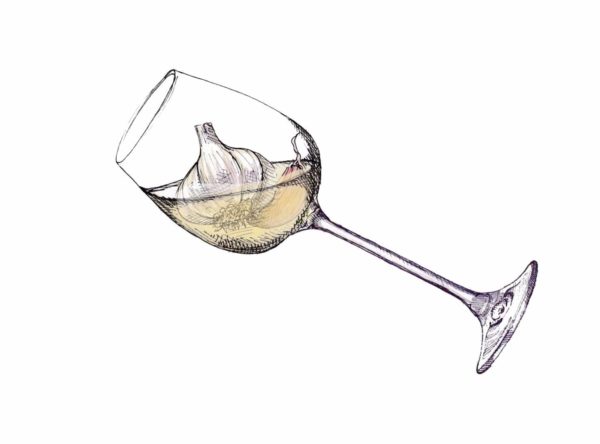

How do you know if a wine is bad and what to do?
You are in a restaurant and the waiter pours you a taste of the wine you chose. You take a sniff and recoil at the odor. What do you do?
- a) Pretend it’s fine. It must be me
- b) Look quizzically at the waiter and ask for their opinion
- c) Send it back and insist on a replacement
Any answer can be correct depending on the situation but all are fraught with anxiety and stress. The reality is up to 10% of wines found at retail may be “bad” as defined by numerous wine faults that can happen anywhere along the supply chain from winery to warehouse to cellar. The key is to know the difference between a wine fault and a wine preference .
Examples of wine faults:
- A bad cork allows too much oxygen in the bottle and ages it too quickly. This process, known as oxidation, results in a brownish tinge and an off flavor. It can also allow a mold found in natural corks to leach into the wine: TCA or Trichloroanisole, resulting in a musty, dank basement odor.
- Oxidation can also occur too soon if the wine is stored at an improper temperature, typically too high (45-65 F is suitable and 55 F is ideal). A little oxygen over time is needed to age a quality wine and change the composition of minor ingredients like tannins to smooth them out and reduce bitterness. But too much and it turns to vinegar.
- Sulfur compounds found in several steps of the winemaking process but in excess can cause odors of rotten eggs, burnt matches or garlic/onions. (The story of sulfites, one of these sulfur compounds, deserves its owns blog post)
- Bacteria can cause odors of vinegar (acetic acid), rancid butter (butyric acid), ethyl acetate (nail polish remover), lactic acid (goat or sauerkraut or geranium leaf when reacted with sorbic acid)
- Yeast known as Brettanomyces can cause a sweaty, horsey or medicinal odor, which can infect a winery and find its way into the wine at the production stage. Removal can be difficult as it can get into the walls, floors, and pipes of the winery and requires aggressive cleaning.









